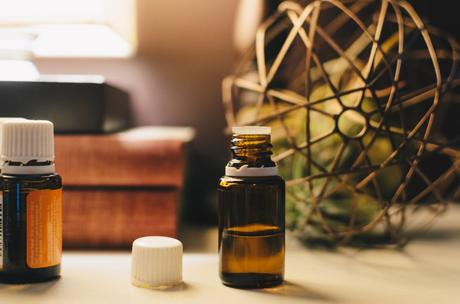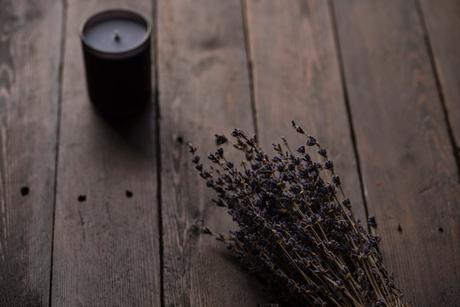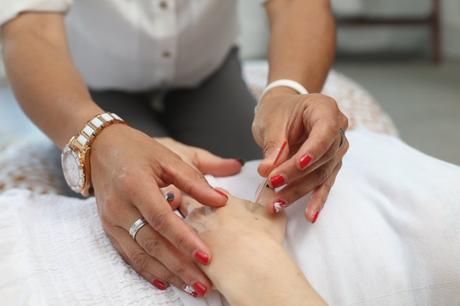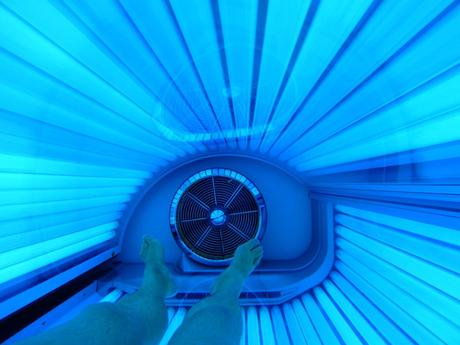
The best piece of advice I can give to anyone living with fibromyalgia or any other chronic illness is to take a holistic approach to managing the disease and its symptoms. In my opinion, a holistic treatment approach is the most effective way to manage chronic disease and live as full of a life as you possibly can.
A holistic treatment approach is the most effective way to manage chronic illness
What Is A Holistic Approach?
What do I mean when I say “holistic approach”? For me holistic means to treat my whole being or whole self in the way I approach all the different treatments that I use to manage my symptoms. This means asking myself how each and every singular treatment that I impose onto (or into) my body will affect my mind, my body, my soul, and my energy. Looking at my body and my mind as interrelated systems where each piece impacts and affects the others; ensures that I use therapies that compliment and highlight each other and each of my symptoms.
From a medical standpoint, holistic health care is an integrated approach to health care that treats the “whole” person, not simply symptoms and disease. Mind and body are integrated and inseparable.
One example I like to give is that early on in my journey, I was fiercely opposed to using any medication to treat my symptoms. This approach ended up doing more harm than good to my body and mind and so over time I slowly learned what medications and dosages work best for me and eventually led to a pharmacological plan that I feel compliments the non-Western medical approaches that work well for me.
What Is Alternative?
When I use the term “alternative” for this article, I am referring to non-prescription medication treatment options. In holistic medicine alternative therapies cover a wide variety of treatments that include
- Yoga
- Acupuncture
- Meditation
- Stretching
- and more
In addition to prescription medication;the following alternative therapies are treatments that have significantly improved my quality of life and allowed me to have a full life even with the daily waxing and waning of the fibromyalgia symptoms that I deal with. The therapies that I’m recommending are relatively inexpensive, have low impact on the body, and naturally integrate the whole person in their approach. These therapies are not a magic pill or “cure” and have not eliminated fibromyalgia for me in any way. However, they have greatly improved my quality of life and made living with fibromyalgia more management and tolerable.
Of course I have to note that these therapies are what work best for me personally and I cannot in any way guarantee that they will work for anyone else. It is always best practice to consult with your medical and intergrated medicine specialist before beginning a new therapy.
1. Diffusing Essential Oils

For the past four years, essentials oils have played a major role in my every day life. Our mind creates powerful connections between scent and our emotions, surroundings, and memories. Diffusing essential oils is a simple but effective way to access these connections. Because diffusion distributes essential oil molecules into the air so effectively, it is an excellent way to maximize the beneficial properties of essential oils. Each essential oil has it’s own therapeutic property but oils that have best helped me are lavendar, peppermint, lemon, and sandalwood. Many essential oils can be ingested, put directly on the skin, and/or diffused. An excellent resource is Young Living.
2. Acupuncture

According to Dr. Weil.com “Acupuncture is a complete medical protocol focused on correcting imbalances of energy in the body. It has been used traditionally to prevent, diagnose and treat disease, as well as to improve general health”. In a nutshell acupuncture modifies the flow of energy (known as qi or chi) throughout the body, Acupuncture has also proved beneficial for reducing fatigue and addictions, and for promoting overall well-being.
For me personally, acupuncture has proved to me an effective treatment options when my pain levels have spiked beyond the point where prescription medications are effective. Fortunately, my medication regime has proved overall effective so I haven’t used it as much as I have in the past.
3. Water Walking

It probably comes as a surprise, but consistent movement is a top strategy to manage fibromygia pain and muscle stiffness. Moving beyond normal proves difficult with fibromyalgia and it is for this reason why man of us gain weight and have sore stiff muscles because excessive movement can also trigger flares. Finding the right balance between rest and movement is a constant challenge and is why I’ve found moving and/or exercising under water to be an effective solution. The water in takes much of the pressure of the joints and there’s a feeling of weightlessness that you have when moving underwater. Fortunately I live in a town where there are a number of therapy pools that offer walking under water as an option. I especially like participating in the winter time when cold temps make outside exercise even more daunting.
4. Floatation Therapy
Floatation therapy is one f my favostire alternative treatments. I’ve made it my aim to focus on self-care and so now I go at least every other week. Inside each float tank is eight hundred pounds of pharmaceutical-grade Epsom salt dissolved in ten inches of water warmed to skin temperature. Like the Dead Sea, this extremely dense solution enables people of all body types to float effortlessly.The float tank is dark and quiet, greatly reducing sensory stimulation. This unique environment frees the brain from the bulk of its processing duties and prompts the production of theta waves.
The magnesium is absorbed into the body and for me salt water floating is a must do in my bag of treatments to manage fibro.
5. UV Light Therapy

Last but not least on my docket is UV light therapy aka as a tanning bed. As a celiac with IBS I don’t absorb all the nutrients from the food that I eat and one of the vitamins that I am perpetually deficient in is vitamin D. Going to the tanning bed not only helps me with vitamin D but the warmth gets deep into my bones and keeps me toasty warm on these cold winter months.
So that’s my list. In no particular order, all the treatments that help me cope and manage and do all that I do. Let me know in the comments: What alternative therapies work for you?
Advertisements &b; &b;What alternative therapies work for you?

